Tag: study
What Happens After a Positive Screen for Depression and PTSD in the Outpatient Burn Clinic?
Multiple reports have demonstrated a wide prevalence of both depression and post traumatic stress disorder (PTSD) within 1 year of burn injury. The purpose of this study is to determine outcomes of burn patients after a positive... read more
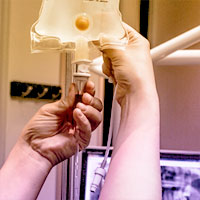
Sedatives in Neurocritical Care
Extrapolating the findings from studies in the general ICU population suggests to reserve deep continuous sedation in the neuro-ICU for specific indications. Although an improved understanding of cerebral physiological changes... read more

Low-value Clinical Practices in Acute Injury Care
This study fills a major knowledge gap on medical procedure overuse in acute injury care. Results will inform research priorities and the development of metrics to measure overuse. This knowledge will provide a solid basis... read more

Phenotyping: Need to Identify Subgroups of ARDS Patients
The consensus definitions of acute respiratory distress syndrome (ARDS) mainly rely on feasible clinical criteria, which help to group patients together for inclusion in clinical trials and for clinical management. This generates... read more
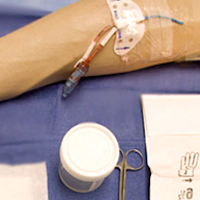
Peripherally Inserted Central Catheters in the ICU
A retrospective study of adult medical patients in 52 hospitals. 27,289 patients with peripherally inserted central catheters placed during hospitalization. Peripherally inserted central catheter use in the ICU is highly... read more
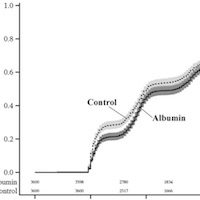
Acute Kidney Injury in Postoperative Shock
Is hyperoncotic albumin administration an unrecognized resuscitation risk factor? The use of hyperoncotic albumin (HA) for shock resuscitation is controversial given concerns about its cost, effectiveness, and potential for... read more

ICU Patients May Understand Verbal Commands After Acute Brain Injury
A New England Journal of Medicine study shows 1 in 6 clinically unresponsive ICU patients show electroencephalography (EEG) patterns of brain activity when spoken to soon after acute brain injury. A dissociation between the... read more

Recognizing Acute Delirium as Part of Your Routine
The screening tool (RADAR) proved to be efficient, reliable, sensitive and very well accepted by nursing staff. Consequently, it becomes an appropriate new option for delirium screening among older adults, with or without... read more
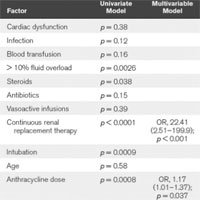
Critical Illness and Cardiac Dysfunction in Anthracycline-Exposed Pediatric Oncology Patients
Children with cancer who received anthracyclines, especially at higher doses, and who develop cardiac dysfunction are at higher risk of critical illness, have higher rates of multiple organ dysfunction and higher rates of... read more

Factors Nurses in the ICU Consider When Making Decisions About Patient Mobility
Nurses are often responsible for mobilizing patients, but how they overcome barriers and make decisions to mobilize patients in the intensive care unit (ICU) is not understood. Deciding to mobilize patients in the ICU... read more
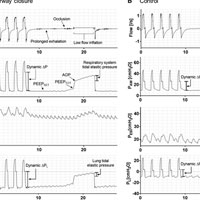
Airway Closure during Surgical Pneumoperitoneum in Obese Patients
In obese patients, complete airway closure is frequent during anesthesia and is worsened by Trendelenburg pneumoperitoneum, which increases airway opening pressure and alveolar pressure: besides preventing alveolar derecruitment,... read more

Randomized Controlled Trial of Health Coaching for Vulnerable Patients with COPD
These results help inform expectations regarding the limitations and benefits of health coaching for patients with Chronic Obstructive Pulmonary Disease (COPD). They may be useful to health policy experts in assessing the... read more
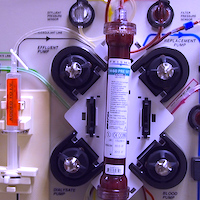
Early Mobilization on CRRT is Safe and May Improve Filter Life
Despite studies demonstrating benefit, patients with femoral vascular catheters placed for continuous renal replacement therapy (CRRT) are frequently restricted from mobilization. No researchers have reported filter pressures... read more

A hospital-wide intervention replacing ceftriaxone with cefotaxime to reduce rate of HAI in the ICU
Over the last decades, the incidence of healthcare-associated infections (HAI) caused by extended-spectrum β-lactamase-producing Enterobacteriaceae (ESBL-PE) involved in poor outcomes has dramatically increased worldwide.... read more








